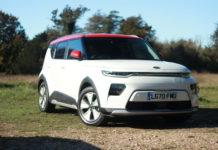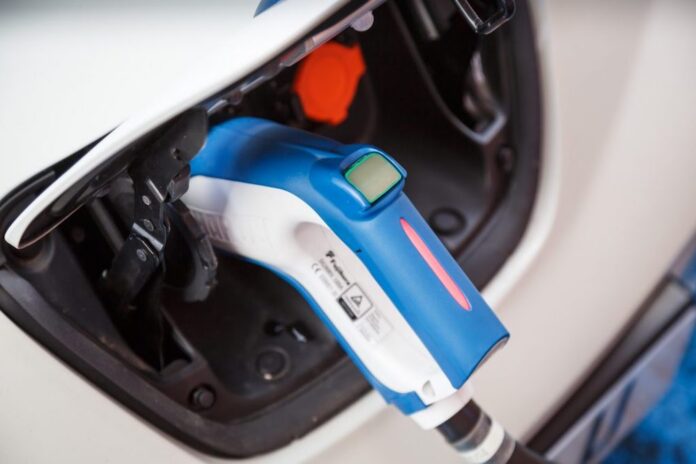Electric vehicles have quickly become a popular choice, with many people believing that they are environmentally friendly. But what about the range that these vehicles can actually travel?
In the UK, https://www.evcableshop.co.uk can offer you different EV cable options to increase the charging speed of your EV battery.
The energy consumption and range of electric cars were initially measured only by using the NEDC (New European Drive Cycle) procedure, which is an inaccurate representation of average driving behavior, as compared to the WLTP (Worldwide Light-Weighting Procedure) or the Environmental Protection Agency (EPA) test, which are more realistic representations.
So what is the difference between the real electric car range and the actual electric range?
Real Electric Car Range
The ‘range’ of an electric car is how many miles it can travel on a single charge of its battery. People tend to fixate on this number because it’s the easiest way to compare EVs to gasoline cars.
Your car’s range is really just a measure of how much power its battery can store (measured in kilowatts), divided by how many watt-hours per mile it uses on average. The storage amount is usually displayed as a percentage, so you can easily see how much charge your battery has left.

Actual Electric Range
But the truth is, your car’s range can vary depending on a number of factors, just like your MPG (miles per gallon) in a gas car. These factors include things like terrain, weather, and how much weight your car is carrying.
Why WLTP And EPA Are More Accurate Than The NEDC Test
First up, the NEDC is a lab-based test, while the WLTP in Europe and EPA in the United States take into consideration the different factors that can affect the actual electric range.
Electric cars generally have a longer range than gas cars, which is why road tests using WLTP or EPA give more realistic real-world range readings. These are a good indication of what you might actually achieve when driving your EV, as this is done on the road rather than in a lab.
Tests have revealed that electric cars can be around 15% off their WLTP, while is most cases, other tests on EVs can realize 10% to an almost 30% difference in more realistic circumstances.
For example, the WLTP of 379 for a Ford Mustang Mach-E results in an actual mileage of 320 miles. This is a more realistic figure that can vary based on the EV under consideration and the driving circumstances.
The bottom line is that factors like driving with the air-conditioning on or driving in cold, winter conditions will reduce the EV electric range. Drivers would do well to rely more on WLTP or EPA numbers to arrive at the actual electric range for their vehicle, rather than make a purchase decision based on the real electric car range.














